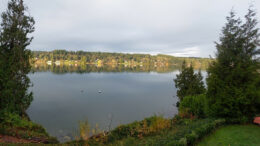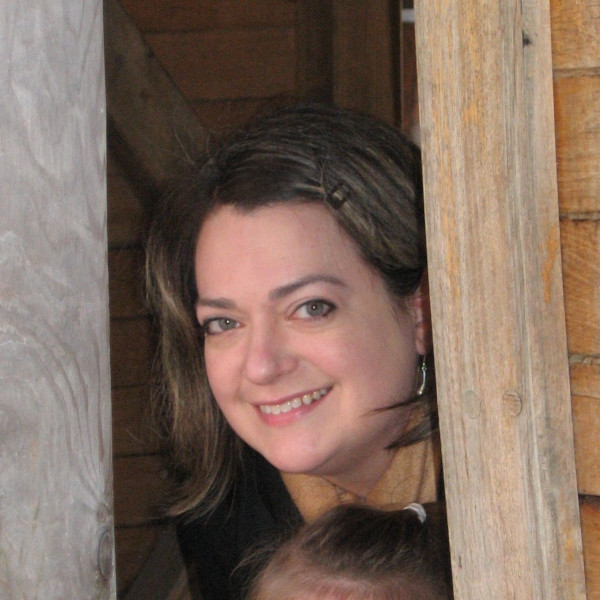The place:
Burley Lagoon in Purdy, Washington, about 25 miles southwest of Seattle
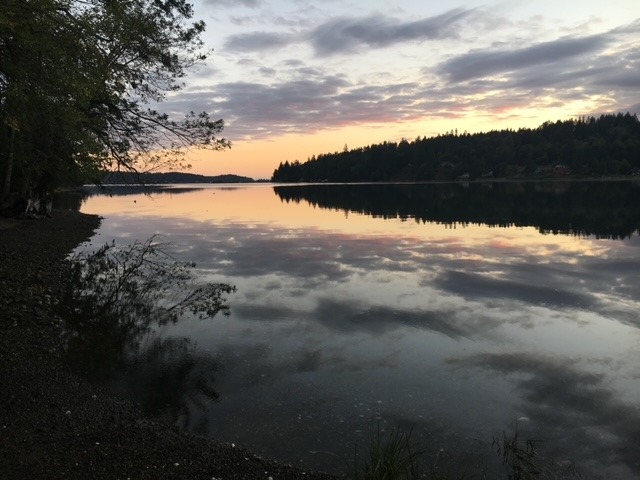
Why it matters:
Two salmon-spawning streams run directly into the small Burley estuary. The lagoon itself is an embayment partially blocked by a sandspit; only a narrow 300-foot channel allows the water level to rise and fall with the tide. This narrow opening restricts its water exchange with the greater Puget Sound. Because open waters are partially blocked by the natural sandspit, the lagoon is a low-energy environment and serves as a refuge from incoming wave action from the larger Henderson Bay just outside.
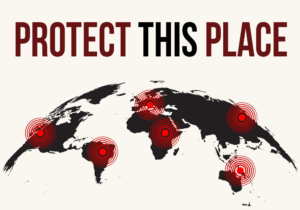 The lagoon environment may be protected from the harsher open waters, but this leaves it with a limited flushing capacity, which is important to water quality, ecosystem functions, sedimentation, pollutant distribution and other healthy functions. Because of this, if this ecosystem is disrupted by industry, it will take longer for it to recover.
The lagoon environment may be protected from the harsher open waters, but this leaves it with a limited flushing capacity, which is important to water quality, ecosystem functions, sedimentation, pollutant distribution and other healthy functions. Because of this, if this ecosystem is disrupted by industry, it will take longer for it to recover.
The mudflats at the bottom of the bay are exposed during low tide, providing food sources for waterfowl. The mudflats themselves would typically teem with life when they haven’t been scraped bare and netted over by industry. As the tide rises, they can provide feeding grounds for fish and marine mammals like seals, otter, and sometimes even orca or gray whales. Eelgrass and other salt-tolerant nearshore vegetation grows on the edges of the mudflats. Shellfish naturally grow on the rocky shoreline.
This combination of characteristics creates an ecosystem that sustains flora and fauna adapted for these unique living conditions. Restoration of salmon runs is paramount in the Puget Sound, including the runs in Burley Lagoon that are the lifeblood of Southern Resident killer whales (orcas), whose population is already dwindling. This special estuary is considered a nursery of sorts for forage fish that provide sustenance for salmon, which in turn feed the orcas.
The threat:
A large industrial aquaculture company already has a presence in the lagoon. But it currently has its sights set on a cash crop that will fetch a high price on foreign markets: geoducks — a giant saltwater clam valued as a delicacy in Asia.
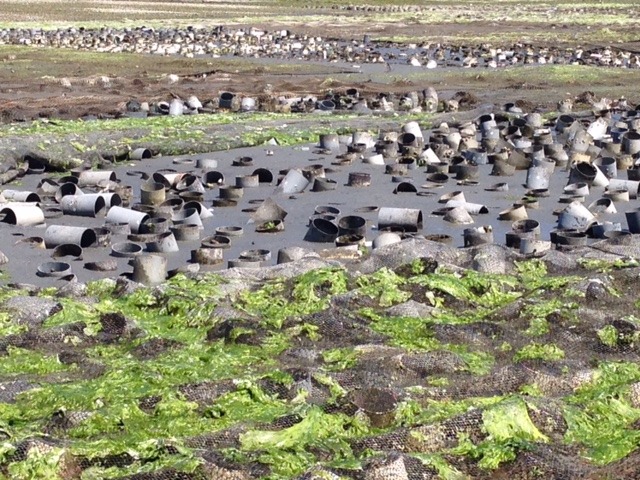
Even now, the Burley estuary has large areas of tideland covered in plastic predator-exclusion nets to protect industrial oyster and clam beds from aquatic animals and birds considered “pests” by the industry. Visitors to the lagoon are already troubled by the loss of natural habitat and feeding grounds for aquatic animals, plants and waterfowl that call Burley Lagoon and Puget Sound home.
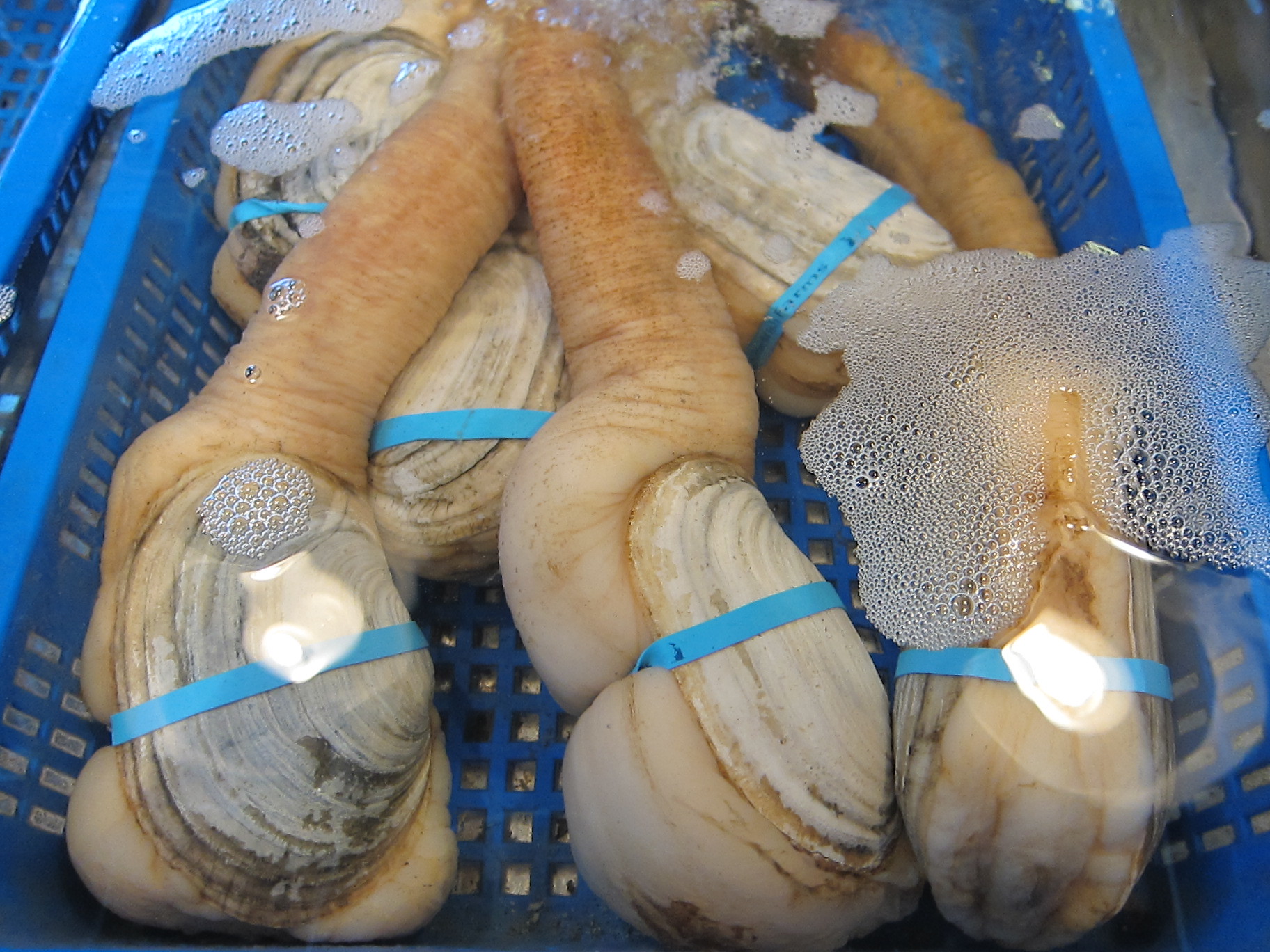
Now the industry has proposed installing a 25.5-acre geoduck site in the Burley Lagoon. This would bring even more plastic gear and nets. If the permit is given the green light, cumulative impacts of industrial aquaculture practices could threaten the estuary’s ecosystem and continue to interfere with the natural food web of Puget Sound. A 25.5-acre industrial geoduck installation means millions of PVC pipes pounded directly into the substrate and covered by large predator nets. The disruption to the entire ecosystem and the natural processes of the estuary threatens to be severe, potentially damaging the restoration efforts of critical species like salmon and orcas.
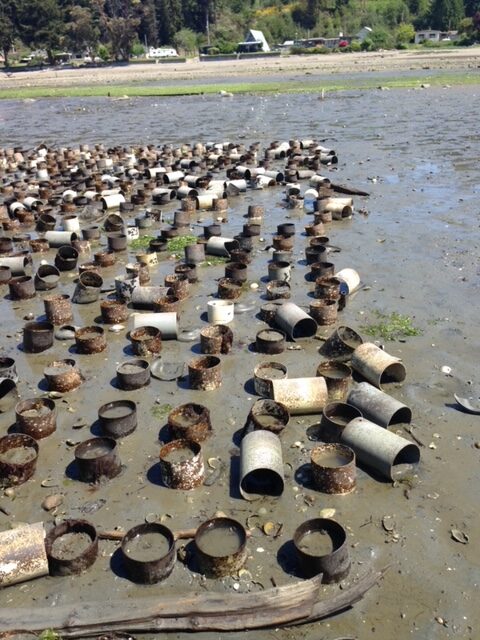
My place in this place:
As a fifth-generation resident on the Salish Sea, and on Burley Lagoon in particular, the estuary, full of life, has been my neighbor and my friend. I’ve watched the tiny crabs and shrimp scurrying in the tidepools, the small forage fish darting in the shallows, the loyal salmon returning to spawn, and the playful seals and sometimes whales visiting to feed. The ecosystem was always alive and vibrant before aquaculture became modern and took over with acres of plastic and gear.
Now, in Burley Lagoon, I see plastic predator-exclusion nets spread out on the tidelands for commercial shellfish aquaculture operations. This is what greets the spawning salmon returning to Purdy and Burley Creeks after their time in the open sea. Should we further disrupt their runs and their ecosystem by adding millions of PVC pipes to their feeding ground? Will the ecosystem of the bay be able to withstand this loss of diversity of species? Will the dollar signs of this geoduck cash crop be too tempting to pass up?
How will our fragile lagoon that is already stretched to its tipping point withstand another onslaught of industrialized gear and methods with a potential geoduck farm?
Who’s protecting it now:
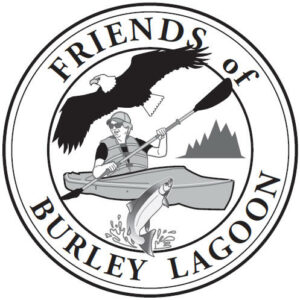 Many hardworking families, some who have lived here for multiple generations, have watched the increasing and shocking industrialization of the lagoon and the loss of myriad sea creatures who used thrive in local tidepools. These neighbors and friends have rallied together in a grassroots effort to bring awareness to the current and future threats to this unique body of water.
Many hardworking families, some who have lived here for multiple generations, have watched the increasing and shocking industrialization of the lagoon and the loss of myriad sea creatures who used thrive in local tidepools. These neighbors and friends have rallied together in a grassroots effort to bring awareness to the current and future threats to this unique body of water.
What this place needs:
Burley Lagoon needs scientists and activists who care about the food web of the Salish Sea to stand with us against industrial aquaculture and its big pocketbooks.
Follow the fight:
![]()

